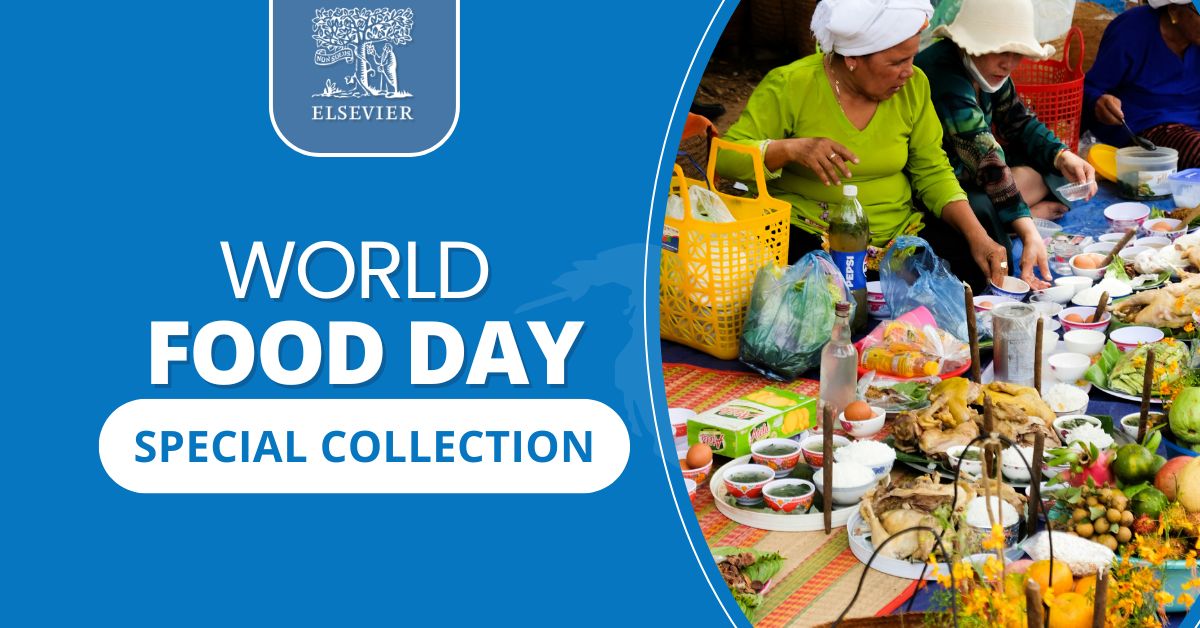Food security, nutrition, and sustainable agriculture constitute fundamental elements that contribute significantly to the attainment of the United Nations' Sustainable Development Goals (SDGs). These goals are a globally shared blueprint that calls for peace and prosperity for all people and the planet. Focusing on food security and nutrition is directly linked to SDG 2 which seeks to "End hunger, achieve food security and improved nutrition, and promote sustainable agriculture." Beyond SDG 2, these themes also relate to other SDGs such as Goal 3 - Good Health and Well-being, Goal 12 - Responsible Consumption and Production, and Goal 13 - Climate Action. The relationship between sustainable agriculture and these goals is profound; by promoting eco-friendly farming methods, we reduce the environmental footprint, mitigate climate change, and ensure the long-term sustainability of food production systems.
Moreover, sustainable agriculture is vital in fostering biodiversity, improving soil health, and enhancing water use efficiency, which are critical aspects related to Goals 14 and 15 - Life below Water and Life on Land respectively. By safeguarding our ecosystems, we not only ensure food security but also the preservation of the natural environment for future generations. In turn, better nutrition is a conduit to improved health (SDG 3), and it can also influence educational outcomes (SDG 4), given the known links between nutrition and cognitive development.
Furthermore, it is worth noting that the interconnections go beyond these goals. There's an important nexus between sustainable agriculture, food security and issues of poverty (SDG 1), gender equality (SDG 5), clean water and sanitation (SDG 6), and economic growth (SDG 8), among others. Sustainable agriculture creates job opportunities, thus reducing poverty levels. By empowering women in agriculture, we can help achieve gender equality. Proper water and sanitation practices in agriculture can prevent contamination, ensuring clean water and sanitation for all. Therefore, the triad of food security, nutrition, and sustainable agriculture, while being a significant goal in itself, is also a vehicle that drives the achievement of the wider Sustainable Development Goals.
Celebrated annually on October 16, World Food Day is a key global event focused on raising awareness about food security and hunger. Established by the United Nations Food and Agriculture Organization (FAO) in 1979, this day highlights the ongoing challenges of hunger, malnutrition, and the need for sustainable food systems.
This content aligns with SDG 3 and 12: This chapter discusses the potential use of microorganisms (bacteria, microalgae, and zooplankton) to substitute high value foods such as fish meal, fish oil, and plant-based supplements.
This content aligns with SDG 2 and 3 by discussing the availability and nutritional qualities of pomegranate.
This content aligns with SDG 2 and 3 by discussing the availability and nutritional qualities of pomegranate.
This content aligns with Goal 12: Responsible Consumption and Goal 13: Climate action by outlining strategies for a negative carbon footprint in raising small ruminants for meat and dairy, producing protein-rich food without harm to the environment.
This chapter aligns with UN SDG goal 3, emphasizing the link between a healthy diet and disease prevention
In rural Malawi, the use of on-farm trees for food�rather than just for fuel or income�is strongly associated with improved micronutrient adequacy (vitamin A, zinc, iron, and folate) in women�s diets across seasons. This suggests that food-producing trees play a key role in supporting nutrition in low- and middle-income countries.
As Thailand is increasingly facing climate crisis, production damage, and economic loss for farmers, alternative solutions for driving sustainable farming are needed, but not all Thai farmers can adopt sustainable farming systems, particularly smallholder farmers. To address sustainable farming for smallholder farmers, we examine the development of a cross-border supply chain between Japanese farmers knowledgeable in sustainable agricultural practices and less experienced Thai farmers.

